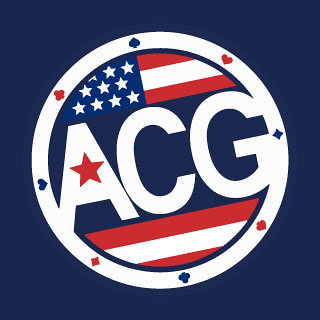By virtually any measure, Toronto is Canada's nightlife capital. It has the highest number of bars and nightclubs per capita out of any city in Canada, as well as the most diverse range of live music venues, not to mention a thriving LGBTQ+ scene and one of the highest concentrations of casinos in the country. However, Toronto's position as a nightlife destination could be facing terminal decline.
Bar and nightclub closures have been accelerating for several years, prompting no shortage of think pieces on "who killed Toronto's nightlife?" and predictions that there will soon be nowhere for the city's hedonists to go out and play. Let's take a closer look at the factors that might possibly be behind this tectonic shift, and ask ourselves whether Toronto's nightlife is truly facing a permanent decline.
The 'G' Word
One of the most obvious culprits behind Toronto's changing nightlife landscape is, undoubtedly, gentrification. To understand exactly how gentrification has changed Toronto's nightlife, one need look no further than the Entertainment District, an area surrounding Richmond and Adelaide streets that was once described as the busiest nightclub district in North America.
For over a decade now, luxury developers have been moving into the neighborhood, building towering condominiums that have changed the character of the area and forced nightlife venues to shutter. The area now looks like a shadow of its former self, with once-iconic warehouse clubs such as Twilight Zone, Traffik, and Hush all having closed their doors to make way for luxury apartments.
The same pattern has repeated itself in other nightlife hubs across the city. Over in the Gay Village, LGBTQ+ venues have been closing at a breakneck pace, with the most recent casualty being the gay club Fly 2.0, which had been one of the biggest queer spaces in the city for over 20 years. The site where the club stands is now being demolished to make way for a luxury condominium and office building.
Nightlife Activities Go Digital
Of course, processes of gentrification are not the whole story here. Changing entertainment and nightlife habits also undoubtedly play a role. More and more people are turning to the digital realm for their evening entertainment.
The owners of the recently-shuttered LGBTQ+ venues, for example, have cited the rise of dating apps as being a fundamental factor in their inability to remain commercially viable. Increasingly, popular nightlife activities can be enjoyed indoors and online with greater convenience and affordability accessible from your smartphone.
These days, Torontonians can even experience a glitzy night at the casino without even leaving their homes. As Casino Market's guide to Canadian Online Casinos explains, real-money online casinos that have features such as live-stream casino gaming have exploded in popularity across Canada in recent years.
The same phenomenon can be seen by looking at the popularity of apps such as Postmates, Netflix, and Boozer, to name just a few. The cultural impact spurred by the advances of technology has truly changed the way in which we consume media or interact with each other.
Toronto's nightlife has always been marked by constant change. Whether current trends reflect a permanent decline or simply a realignment of the city's nightlife remains to be seen.






